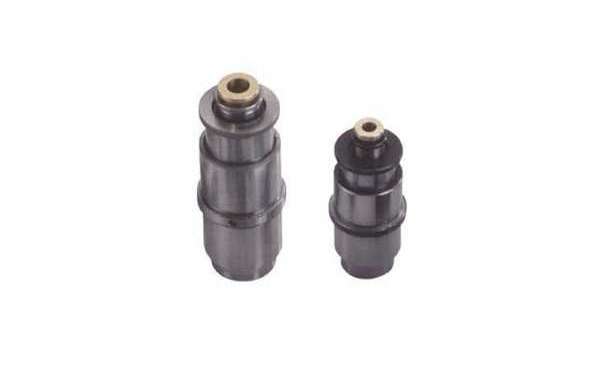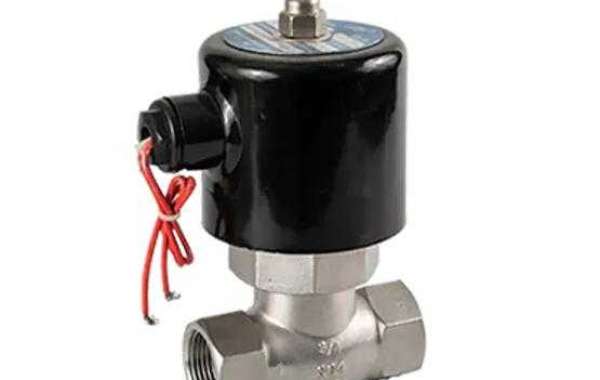Design for manufacturability is about anticipating what could go wrong and preventing it from occurring. In order to evaluate a product design and anticipate problems in manufacturing, engineers and designers can use a variety of tools, including a design for manufacturability checklist.
Creating a Design for Manufacturability Checklist
A design for manufacturing checklist can be built from a number of different sources of information and can be customized for the particular type of manufacturing project being undertaken. In plastic injection molding, for example, items identified in a Injection plastic mold flow simulation can be used to create a checklist, as well as flaws and problems that the company has encountered with past projects. When issues occur on one project, they should be added to the checklist to prevent the same problem from recurring with subsequent projects.
Once a checklist is established, it becomes a key resource for both contract manufacturers and OEMs in identifying flaws in part design, mold design, material temperature, injection pressure, cooling time, and other parts of the manufacturing process. Nearly all of these types of defects can be predicted and avoided through the design for manufacturability process.
Design for Manufacturability Checklist — Injection Molding
The following parameters should be evaluated for all projects when conducting a design for manufacturability evaluation in plastic injection molding:
Maximum pressure: filling
Maximum pressure: packing
Fill pattern animation
Inlet pressure curve
Clamp force estimation
Increase/decrease in temperature during filling
Frozen skin results
Shearing rate of the resin, measured in inverse seconds
Flow tracer animation
Air traps
Venting temperature
Weld lines
Weld line tracer animation (with flow front)
pvT chart analysis of weld lines, in order to plot where the material solidifies on the chart at a specified time
Material solidification, shown at various stages of part cooling, including gate freeze
Sink marks
Hot spots
Voids
Part thickness concerns:
Check for thick areas of the part that could result in sinks and voids
Check for thin areas of the part that could result non-fill
Can the part be made to have a uniform thickness throughout?
Material considerations:
Is this a resin that does not flow well, requiring long and/or thin flow lengths?
Will the material increase in temperature or have excessive shear because of thin part thicknesses?
Gate location concerns:
Will the gate seal too early, causing sink marks?
Can the gate be located in a thick area of the part?
Are multiple gates required for flatness, roundness, proper filling based on part geometry and/or material flow?
Can gating be executed such that the flow of plastic is impinging on steel, to prevent splay?
Part draft concerns:
If present, is it in the right direction and location for a good parting line?
If texture is being used, is there enough draft to release the texture without scuffing?
Does the draft need to be changed/eliminated/reversed in order to hold the part on the ejector side of the mold?
Depending on tooling split, draft may need to be a seal-off angle of 3-5°
Is there part geometry that will create thin steel conditions in the tool?
If there are undercuts on the part, can they be simplified (e.g. pass through coring instead of lifters or actions)?
As a Plastic Compression Springs supplier, we welcome your consult.








